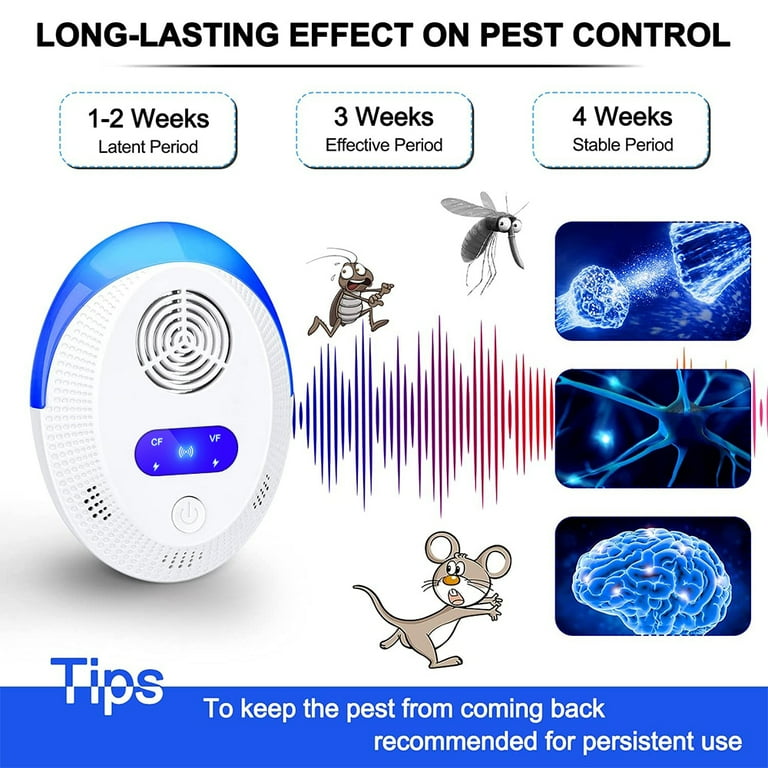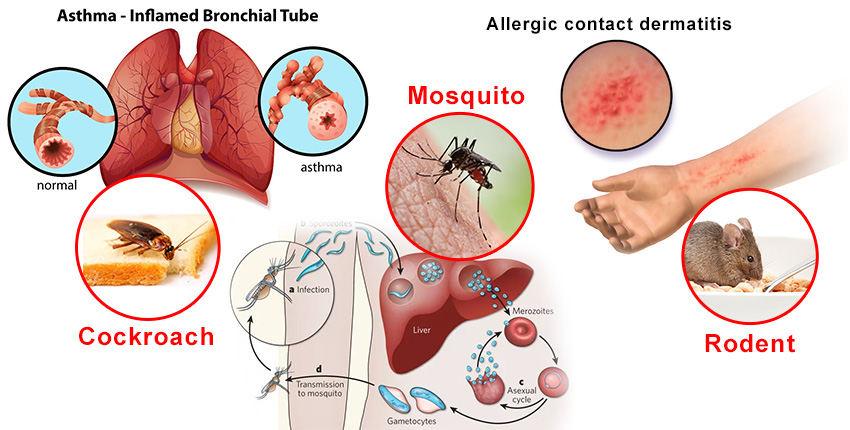Not known Factual Statements About Eco Bed Bug Exterminators Dc
A Biased View of Eco Bed Bug Exterminators Dc
Table of ContentsThe Only Guide for Eco Bed Bug Exterminators DcAbout Eco Bed Bug Exterminators DcWhat Does Eco Bed Bug Exterminators Dc Mean?The Ultimate Guide To Eco Bed Bug Exterminators DcThe Greatest Guide To Eco Bed Bug Exterminators Dc
Since pesticides are hazardous, they are likewise potentially dangerous to humans, animals, other microorganisms, and the environment. People that make use of chemicals or frequently come in contact with them need to understand the relative toxicity, possible wellness results, and preventative actions to lower exposure to the products they use. Risk, or risk, of making use of pesticides is the capacity for injury, or the degree of danger associated with utilizing a pesticide under a given collection of problems.
Applicators can minimize or almost get rid of direct exposure-- and therefore reduce risk-- by following the label guidelines, utilizing personal protective garments and devices (PPE), and managing the pesticide effectively. As an example, greater than 95 percent of all chemical direct exposures originate from dermal exposure, mostly to the hands and forearms. By putting on a set of unlined, chemical-resistant handwear covers, this sort of direct exposure can be nearly gotten rid of.
The unsafe results that take place from a solitary direct exposure by any type of path of access are described "intense impacts." The 4 paths of exposure are dermal (skin), breathing (lungs), oral (mouth), and the eyes. Intense toxicity is established by taking a look at the dermal toxicity, inhalation poisoning, and oral poisoning of guinea pig.
All About Eco Bed Bug Exterminators Dc
Acute poisoning is determined as the quantity or concentration of a toxicant-- the a.i.-- called for to eliminate half of the pets in a test population. This measure is usually revealed as the LD50 (deadly dose 50) or the LC50 (lethal concentration 50). Additionally, the LD50 and LC50 worths are based on a solitary dose and are videotaped in milligrams of chemical per kilogram of body weight (mg/kg) of the guinea pig or in parts per million (ppm).
The reduced the LD50 or LC50 worth of a pesticide product, the greater its poisoning to human beings and pets. Chemicals with a high LD50 are the least harmful to humans if utilized according to the directions on the item tag. The persistent poisoning of a chemical is figured out by subjecting guinea pig to long-lasting exposure to the active ingredient.
The chronic toxicity of a chemical is harder than intense toxicity to establish with lab analysis. Products are classified on the basis of their family member severe toxicity (their LD50 or LC50 values). Chemicals that are classified as very toxic (Poisoning Category I) on the basis of either dental, facial, or breathing toxicity should have the signal words DANGER and POISON printed in red with a skull and crossbones sign prominently presented on the front panel of the plan tag.
The severe (solitary dose) oral LD50 for chemical items in this team ranges from a trace amount to 50 mg/kg. As an example, exposure of a couple of drops of a product taken orally can be deadly to a 150-pound person. Some pesticide products have simply the signal word DANGER, which informs you nothing concerning the intense toxicity, simply that the product can trigger serious eye damage or severe skin irritability
Eco Bed Bug Exterminators Dc Fundamentals Explained
In this group, the intense dental LD50 arrays from 50 to 500 mg/kg. A teaspoon to an ounce of this material can be fatal to a 150-pound individual (bed bug spray). Pesticide products categorized as either somewhat hazardous or reasonably harmless (Poisoning Groups III and IV) are called for to have the signal word CAUTION on the chemical tag

All pesticide toxicity values, consisting of the LD50, can be discovered on the product's Product Safety Information Sheet (MSDS) - bed bug heater rentals. Pesticide labels and MSDS can be obtained from retailers or produces. Additionally, many products also know that can be discovered online. The signs of pesticide poisoning can range from a mild skin irritation to coma or also fatality.
Because of possible health and wellness problems, pesticide users and trainers have to acknowledge the typical indicators and symptoms of pesticide poisoning. The impacts, or symptoms, of chemical poisoning can be extensively defined as either topical or systemic.
The Buzz on Eco Bed Bug Exterminators Dc
Dermatitis, or swelling of the skin, is accepted as the most generally reported topical effect connected with chemical direct exposure. Some individuals often tend to cough, hiss, or sneeze when revealed to chemical sprays.
This symptom typically subsides within exterminator DC a couple of minutes after an individual is removed from the direct exposure to the irritant. Nevertheless, a response to a pesticide product that causes a person not only to sneeze and cough however likewise to develop severe intense respiratory system signs and symptoms is more probable to be a real hypersensitivity or allergic response.
Systemic impacts are quite various from topical impacts. They typically take place away from the original factor of contact as a result of the pesticide being taken in into and dispersed throughout the body. Systemic impacts often consist of queasiness, vomiting, fatigue, frustration, and intestinal tract conditions. In advanced poisoning instances, the individual might experience adjustments in heart price, problem breathing, convulsions, and coma, which can lead to death.